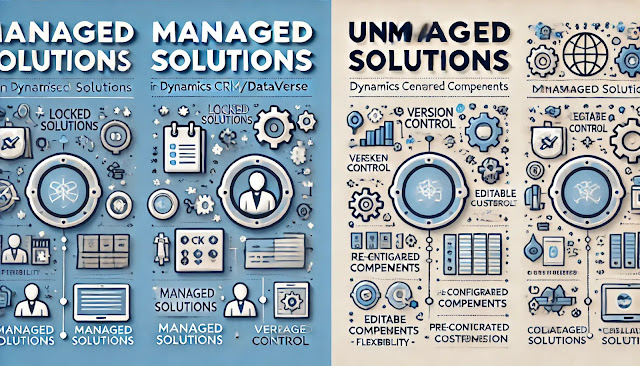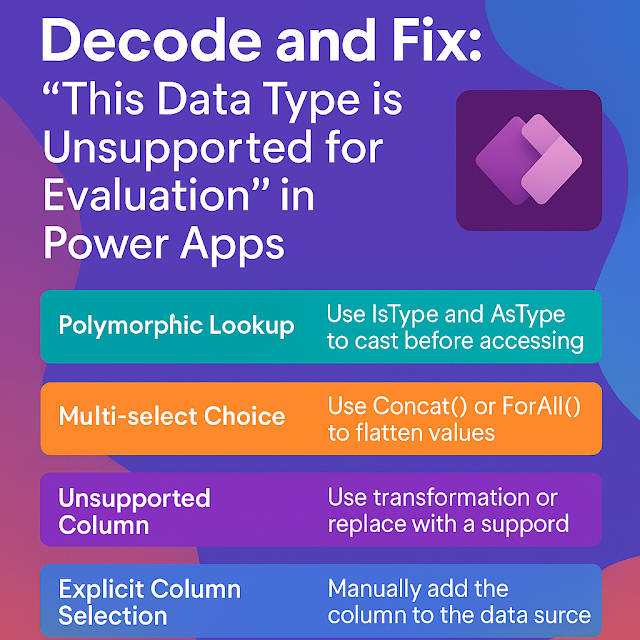ETL with Power Query: Import, Transform, and Load Data Efficiently
What is ETL?
ETL stands for Extract, Transform, Load — a process used to gather data from various sources, clean and shape it, and load it into a target system like a data warehouse or a Power BI data model.
ETL in Power BI with Power Query
Power BI performs ETL operations using Power Query Editor, which is a built-in tool for data preparation.
1. Extract (E)
Get Data
-
You pull data from various sources like Excel, SQL Server, SharePoint, Web APIs, Azure, etc.
-
In Power BI: Click Home > Get Data to import your data.
2. Transform (T)
Clean and Shape Data
-
This is the core strength of Power Query.
-
You can:
-
Filter rows (e.g., remove nulls)
-
Rename columns
-
Merge or split columns
-
Change data types
-
Unpivot or pivot data
-
Remove duplicates
-
Create custom columns using M code
-
-
Every action becomes a step in the query, which is repeatable and refreshable.
3. Load (L)
Push Data to Power BI Model
-
After transformation, load the clean data into Power BI’s data model.
-
This data is now ready for creating visuals, measures, and reports.
-
You can also load it to Power BI Dataflows if building centralized models.
Example:
Suppose you have messy Excel files from five departments. Using Power Query, you can:
-
Extract all files from a folder,
-
Merge them into a single table,
-
Remove duplicates and correct date formats,
-
Then load the cleaned dataset into Power BI for dashboarding.
Key Benefits of ETL in Power Query:
-
No need for external ETL tools for many cases.
-
Visual interface, no-code/low-code.
-
Reusable and refreshable queries.
-
Seamless integration with Power BI.












Comments
Post a Comment